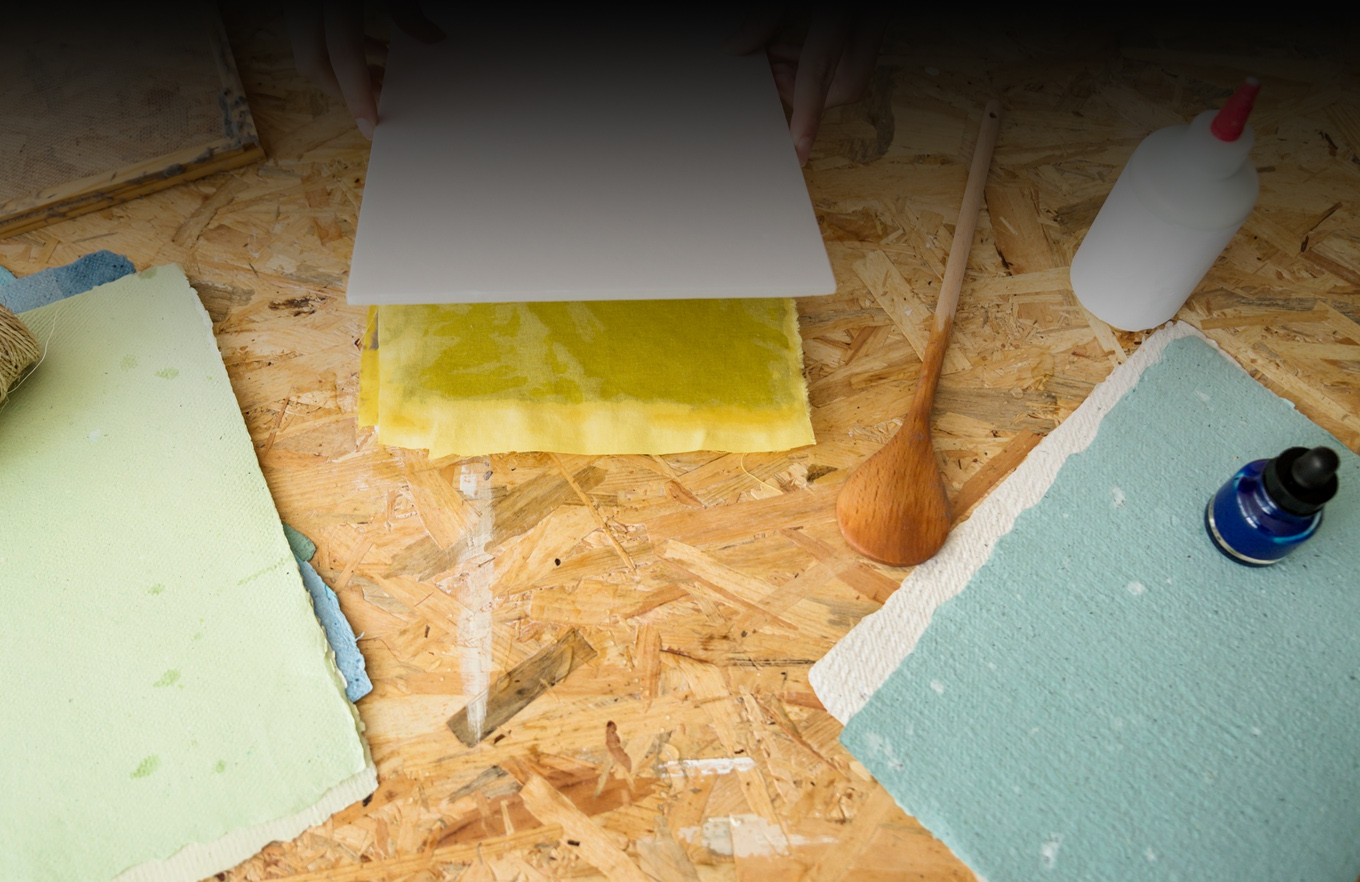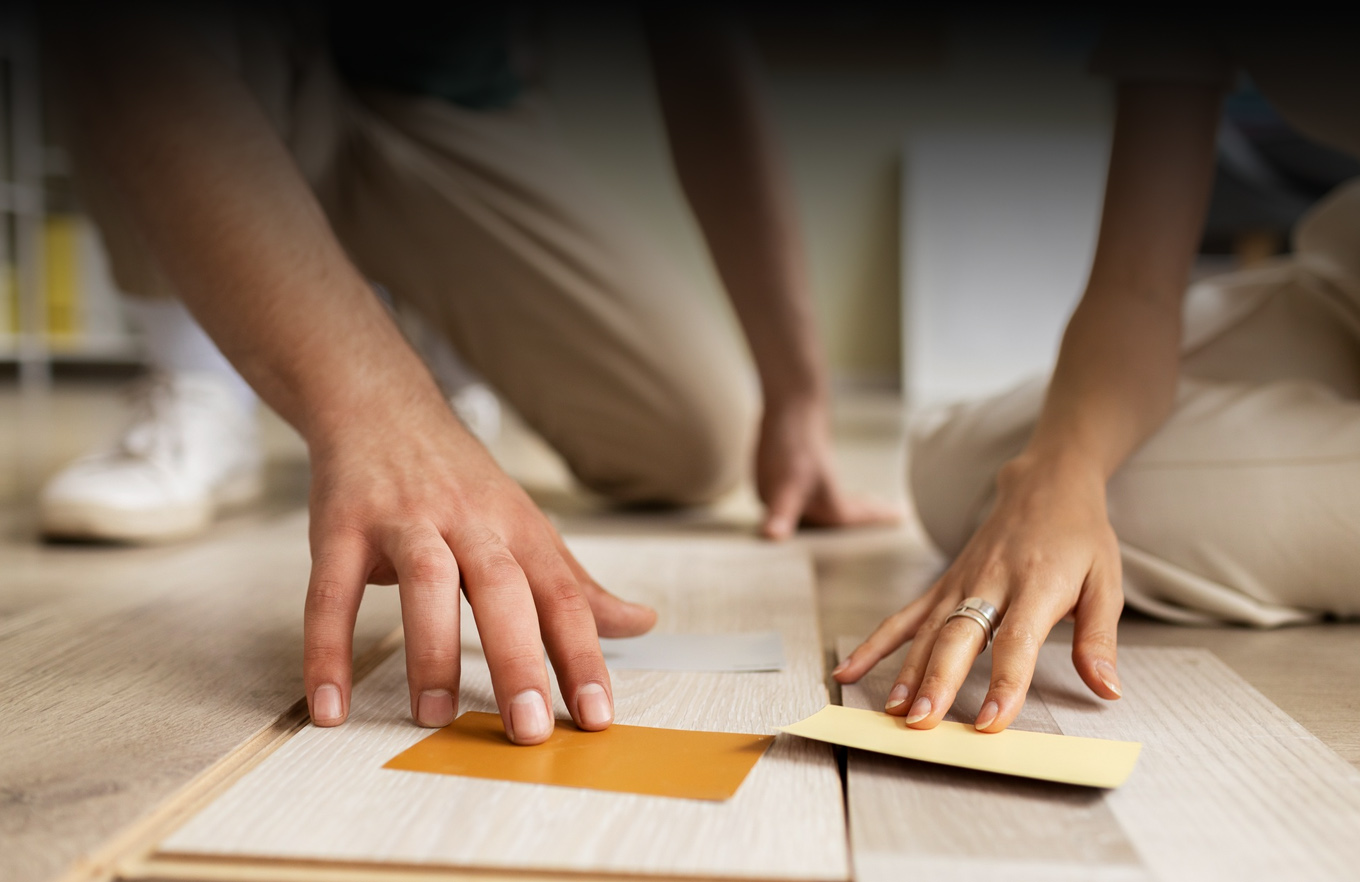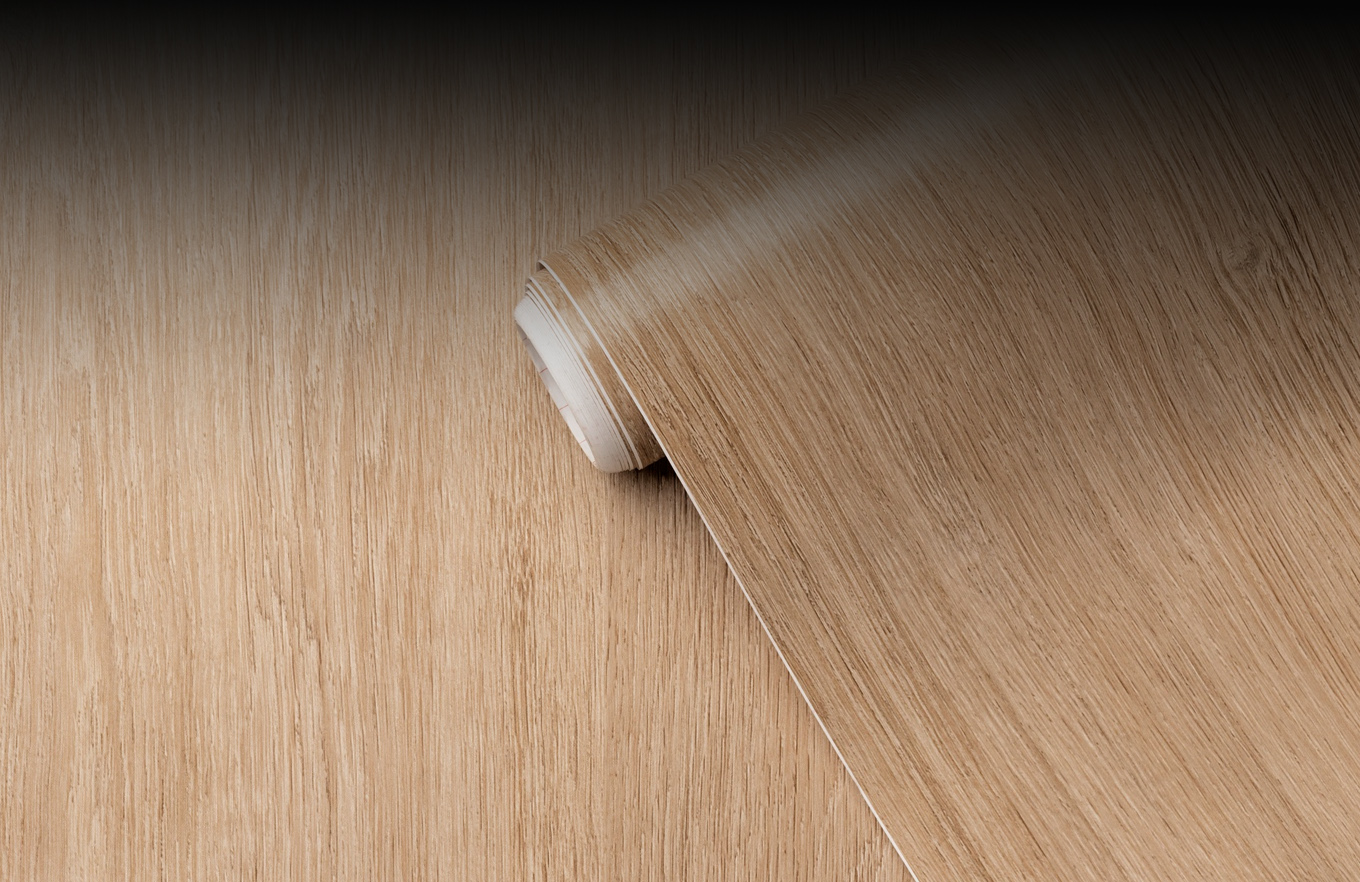
In the furniture industry, precision and durability are essential. One of the most important elements behind solid, reliable furniture assembly is using the right adhesive. Contact adhesive for furniture has emerged as a go-to solution for both professionals and DIY enthusiasts due to its instant bonding capabilities and strong grip. Within this article, we’ll guide you through how to use contact adhesive for furniture properly.
When applied with care and technique, contact adhesives provide a clean and professional finish that lasts. Understanding the correct application process ensures better adhesion, fewer mistakes, and a stronger final product. Whether you're working with laminate, veneer, or wood, mastering this method is essential.

Contact adhesive isa versatile bonding agent that sticks upon contact with both surfaces. It’s widely used in furniture assembly due to its quick-drying properties and strong adhesion. This adhesive is particularly useful for non-porous materials where conventional glue might fail. In modern applications, renowned names like Samad Adhesive have perfected the formulation, making their product ideal for use in high-stress furniture joints.
Compared to other bonding agents, contact adhesives reduce clamping time and provide instant bond strength, making them perfect for professionals and hobbyists alike. This makes it ideal for wood, laminate sheets, decorative surfaces, and more.

Before diving into the process, gather the necessary materials. A clean workspace, brush or roller, gloves, and a suitable contact adhesive for furniture are crucial. Always read the manufacturer’s guidelines, especially if you’re using premium companies like Samad Adhesive, which offer precise instructions tailored to their formulations.
Proper surface preparation ensures successful bonding. Clean both surfaces thoroughly to remove any dust, oils, or debris. Ensure both are dry. Slight abrasion with fine-grit sandpaper can help improve grip on glossy surfaces.
Applying contact adhesive without surface prep can lead to peeling or weak joints. This step is non-negotiable for durable results. Using reliable products from an industrial adhesive manufacturer also helps maintain quality.
Using a brush, roller, or spray system, apply an even layer of contact adhesive for furniture on both surfaces. Allow it to become tacky, usually within 10 to 20 minutes, depending on the brand and ambient temperature.
Avoid puddling or over application. When working with rubber adhesive for industrial use, such as what Samad Adhesive offers, this even application is crucial to performance. The idea is not to soak but to coat.
Once the adhesive feels tacky (not wet), carefully align and press both surfaces together. There’s no room for repositioning, so precision matters. Use a roller or press to exert even pressure across the surface.
Samad Adhesive products are known for their rapid bonding strength, but applying pressure is still essential to eliminate air pockets and ensure a lasting hold.
Although contact adhesives bond instantly, curing time can vary. Typically, it takes 24 hours to fully cure. During this period, avoid exposing the item to stress or movement.
Wipe off excess adhesive with recommended solvents and ensure proper ventilation during application. Always follow safety guidelines, especially when using adhesives designed for industrial use.
Mistakes in the application can compromise your results. Avoid applying adhesive to dusty or damp surfaces. Do not attempt to reposition after bonding. Never skip the tacky-dry wait time, it is essential for optimal performance.
Another common issue is using low-quality adhesive. Investing in trusted names like Samad Adhesive can prevent weak bonds and project failures. If you're using a rubber adhesive for industrial use, ensure compatibility with your furniture material.
There are cases where a stronger, more flexible bond is required. Rubber adhesive for industrial use is perfect for materials subject to movement, pressure, or varying temperatures. It’s particularly useful in commercial-grade furniture or when bonding rubber, metal, or plastic components.
Samad Adhesive offers formulations tailored to such heavy-duty applications. Choose the right type based on the materials involved and the stress levels expected in usage.
Samad Adhesive has become a reliable name for furniture manufacturers across Pakistan. With consistent quality, tested formulations, and excellent customer support, it stands out among adhesive brands. From standard wood applications to complex industrial bonding scenarios, Samad Adhesive offers dependable solutions.
Whether you're handling home renovation or manufacturing commercial furniture, using Samad Adhesive ensures your pieces stay together longer and look professionally finished.
Before completing your project, double-check that:
● Surfaces were properly cleaned and prepped
● Adhesive was applied evenly on both surfaces
● Adequate drying time was given before bonding
● Pressure was applied thoroughly
● Curing time is respected before use
Contact us now to get professional-grade adhesives for perfect furniture finishes every time.
Applying contact adhesive for furniture may seem straightforward, but following the right steps makes all the difference. From surface prep to application technique and bonding pressure, every stage influences the outcome. Using trusted products like those from Samad Adhesive improves not just bonding strength but also the quality of your finished furniture. Whether you’re crafting a small side table or assembling entire interiors, mastering this process adds professionalism and durability to your work.
The best contact adhesive for furniture is one that offers strong initial tack, clean application, and lasting durability. Samad Adhesive is a preferred choice in Pakistan.
Typically, wait 10–20 minutes until the adhesive is tacky. Refer to the product’s label for exact timing.
Yes, rubber adhesive for industrial use can be applied to wood, especially where flexibility or shock resistance is required.